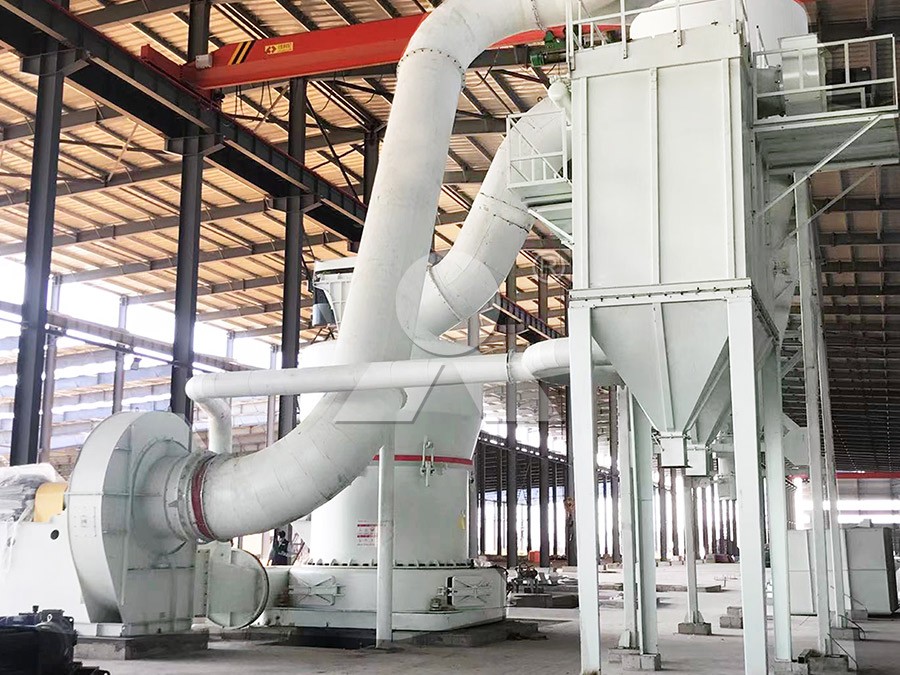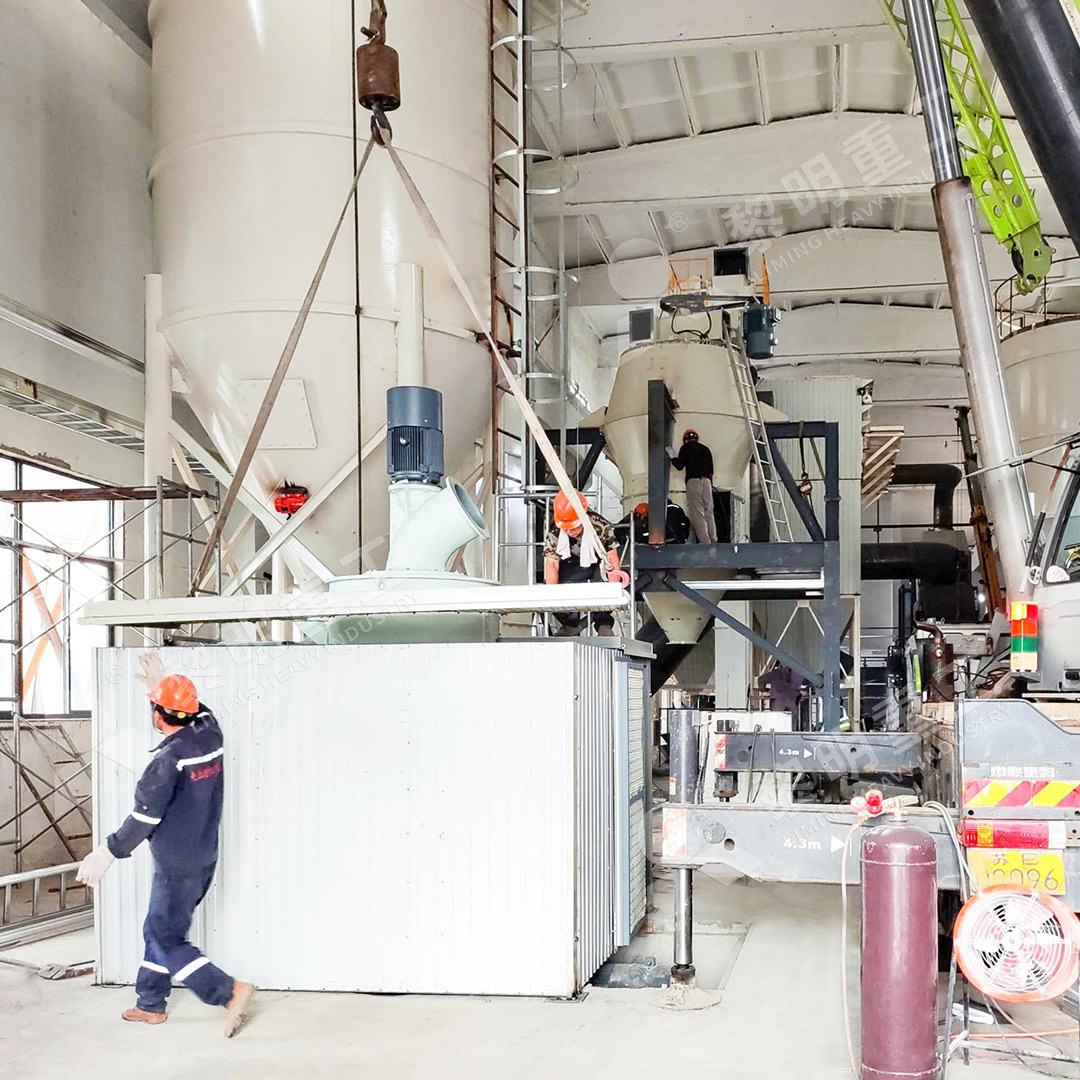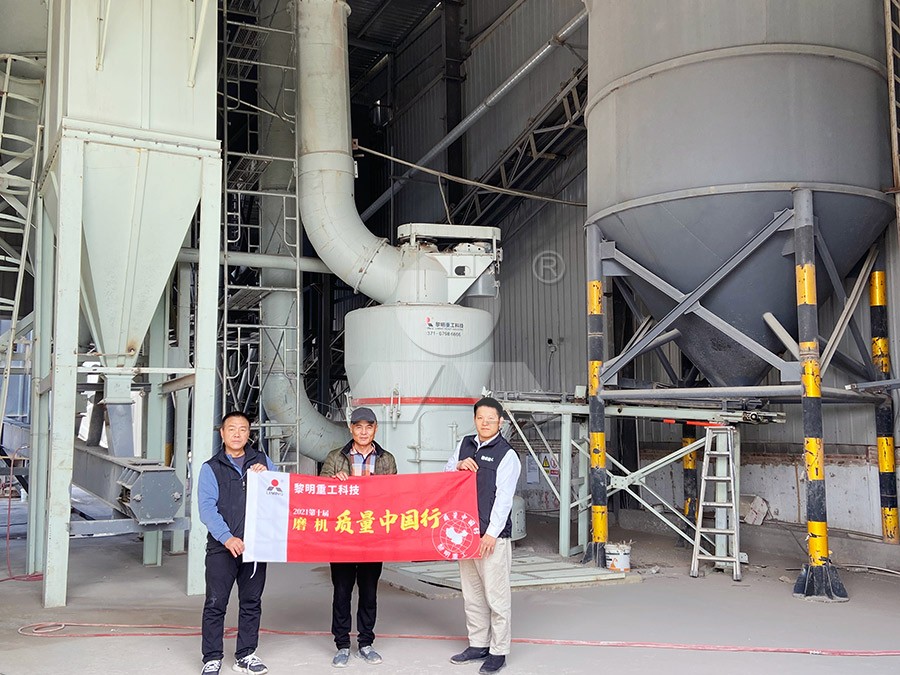Feldspathic Sandstone Grinding Mill Process Flow and Equipment Selection
Feldspathic Sandstone Grinding Mill Process Flow and Equipment Selection
Processing feldspathic sandstone into high-value powders requires specialized grinding equipment and a well-designed process flow. This comprehensive guide examines the optimal approach for transforming this abundant sedimentary rock into fine powders for industrial applications.
Understanding the Material Characteristics
Feldspathic sandstone presents unique challenges in grinding operations due to its variable composition and moderate to high hardness. The presence of quartz grains within a feldspar matrix creates differential wear patterns that can affect grinding efficiency and final product quality. Proper equipment selection must account for these material properties to achieve consistent particle size distribution and maintain production efficiency.

Process Flow Overview
The complete grinding process begins with primary crushing to reduce raw feldspathic sandstone to manageable sizes of 0-20mm. Following crushing, the material undergoes drying to reduce moisture content below 1%, which is critical for efficient grinding. The pre-processed material then enters the grinding circuit, where selection of appropriate mill technology becomes paramount for achieving target fineness between 325-2500 meshes.
Post-grinding, the powder enters a classification system where oversize particles are returned for regrinding while in-spec material proceeds to collection. The final stage involves packaging and storage under controlled conditions to prevent moisture absorption and maintain product quality.
Equipment Selection Criteria
When selecting grinding equipment for feldspathic sandstone, several factors must be considered: production capacity requirements, target fineness, energy consumption, operational stability, and environmental compliance. The abrasive nature of feldspathic sandstone demands robust construction and specialized wear-resistant components to minimize maintenance downtime and operating costs.

Recommended Equipment: MW Ultrafine Grinding Mill
For operations requiring ultra-fine powders from feldspathic sandstone, we strongly recommend our MW Ultrafine Grinding Mill. This advanced mill system is specifically engineered for challenging materials like feldspathic sandstone, offering significant advantages in processing efficiency and final product quality.
The MW Series handles input sizes of 0-20 mm with production capacities ranging from 0.5 to 25 tph, making it suitable for both medium and large-scale operations. Its innovative design features higher yielding capacity with lower energy consumption – achieving 40% higher production capacity compared to jet grinding mills while using only 30% of the energy. The adjustable fineness between 325-2500 meshes ensures precise control over final product specifications.
Particularly valuable for feldspathic sandstone processing is the mill’s unique chamber design with no rolling bearings or screws in the grinding zone. This eliminates concerns about bearing damage from abrasive materials and prevents machine failure due to loose fasteners. The external lubrication system enables continuous 24-hour operation without shutdowns for maintenance.
Alternative Solution: LUM Ultrafine Vertical Grinding Mill
For operations with stricter space constraints or requiring different throughput characteristics, our LUM Ultrafine Vertical Grinding Mill presents an excellent alternative. With an input size of 0-10 mm and capacity range of 5-18 tph, this mill integrates German powder separating technology with advanced grinding roller systems specifically designed for hard, abrasive materials.
The LUM series features double position-limiting technology that ensures operational stability even with variable feed materials, while the reversible structure simplifies maintenance procedures – a significant advantage when processing abrasive feldspathic sandstone.
Environmental Considerations
Modern grinding operations must address environmental concerns, particularly dust emissions and noise pollution. Both recommended mill systems incorporate efficient pulse dust collectors and noise reduction technologies that ensure compliance with international environmental standards. The fully enclosed systems prevent material loss while maintaining clean operating conditions.

Operational Efficiency and Cost Analysis
The selection of appropriate grinding technology directly impacts operational costs through energy consumption, maintenance requirements, and production yields. The MW Ultrafine Grinding Mill’s higher efficiency translates to lower per-ton processing costs, while its durable construction reduces replacement part frequency. The cage-type powder selector technology ensures precise particle separation, minimizing reprocessing of already-in-spec material.
Frequently Asked Questions
What is the optimal moisture content for grinding feldspathic sandstone?
For efficient grinding, feldspathic sandstone should be dried to below 1% moisture content. Higher moisture levels can lead to clogging, reduced throughput, and inconsistent particle size distribution.
How does the MW Ultrafine Grinding Mill handle the abrasive nature of feldspathic sandstone?
The MW Series incorporates specialized wear-resistant materials in high-abrasion areas and eliminates internal bearings and screws that are vulnerable to abrasive damage. The external lubrication system further protects critical components from contamination.
What fineness range can be achieved with the recommended equipment?
The MW Ultrafine Grinding Mill produces powders between 325-2500 meshes, with the capability to achieve d97≤5μm in a single pass. The adjustable powder selector allows precise control over the final product specifications.
How does the energy consumption compare between traditional and recommended grinding systems?
The MW Ultrafine Grinding Mill reduces energy consumption by approximately 30-50% compared to conventional jet mills and ball mills, while achieving higher production rates and more consistent product quality.
What maintenance intervals are typical when processing feldspathic sandstone?
With proper operation and the advanced design of the MW Series, maintenance intervals can extend to 6-12 months for routine inspections and up to 2-3 years for major component replacement, depending on production volume and material characteristics.
